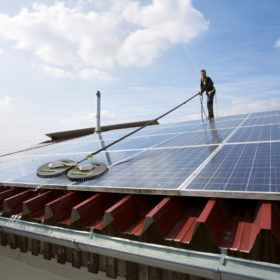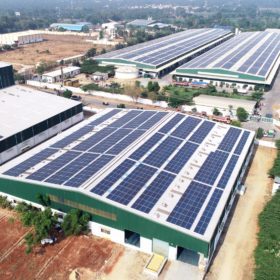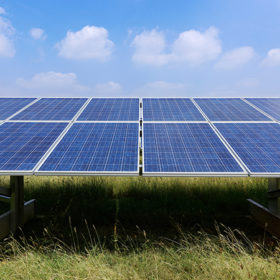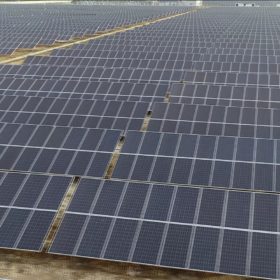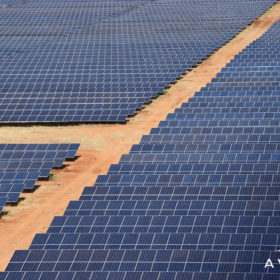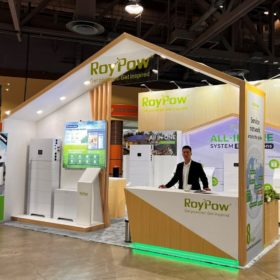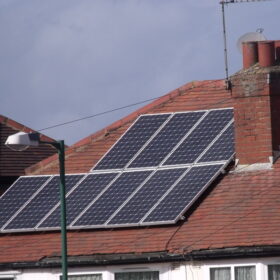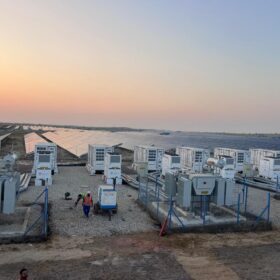Madhya Pradesh: Renewable energy generation capacity grew 12 times in 10 years
The installed renewable electricity generation capacity in Madhya Pradesh surged to 5,875 MW as of Dec. 31, 2022, from 491 MW ten years ago.
Kärcher introduces complete solar panel cleaning solutions in India
Kärcher, a German company with expertise in cleaning solutions for all industries, has introduced its PV panel-cleaning solutions focusing on the pain points of the Indian solar sector. The range includes high-pressure cleaners, water-driven disc brushes, cleaning detergents, and even safety gear for operation and maintenance professionals.
India installed 1.6 GW of rooftop solar in 2022
The nation reached almost 8.8 GW of cumulative installed rooftop solar capacity as of Dec. 31, 2022. Gujarat tops in deployment with a 24% share of cumulative solar rooftop installations.
Tata Power Renewable completes $525 million equity fundraising from BlackRock, Mubadala
The investment will fund Tata Power Renewable’s aggressive growth plans as it targets over 20 GW of renewables assets and a market-leading position in the rooftop and electric vehicle charging space across India over the next five years.
Plastic strip to prevent birds from nesting under rooftop solar
Netherlands-based BirdBlocker has developed a plastic strip that can be placed under solar panels installed on pitched rooftops. The long needles prevent birds from nesting under the modules. The structure is attached to the frame of the modules with stainless steel clips.
India installed 15 GW of solar in 2022, says Bridge To India
Adani (1,755 MW), NTPC (1,618 MW), and Avaada (1,383 MW) were the top developers by projects commissioned in 2022, according to Bridge To India’s latest report.
India recorded highest ever annual solar installations in 2022
India installed 13 GW of solar during the Jan.-Dec period in 2022, with large-scale projects accounting for 87% of the addition.
Manufacturer releases home backup solar battery
RoyPow introduced a new residential lithium-ferro-phosphate battery this week at Intersolar North America in Long Beach, California.
Replacing MPPT with direct PV-battery coupling
Researchers in Germany have assessed direct coupling and integration between PV and batteries at the scale of a single PV module. They say their solution could be cheaper and provide superior performance than maximum power point tracking (MPPT) in optimizing PV system performance.
Global solar installations may hit 350.6 GW in 2023, says TrendForce
TrendForce says solar demand could grow by more than 53.4% this year due to lower module prices and delayed projects from 2021 and 2022 that are now going online. China will be the largest market this year with 148.9 GW, followed by the United States with 40.5 GW, India with 17.2 GW, Brazil with 14.2 GW, Germany with 11.8 GW, Spain with 11.4 GW, and Japan with 8 GW.

